Healing Garden Ideas – How To Make A Healing Garden
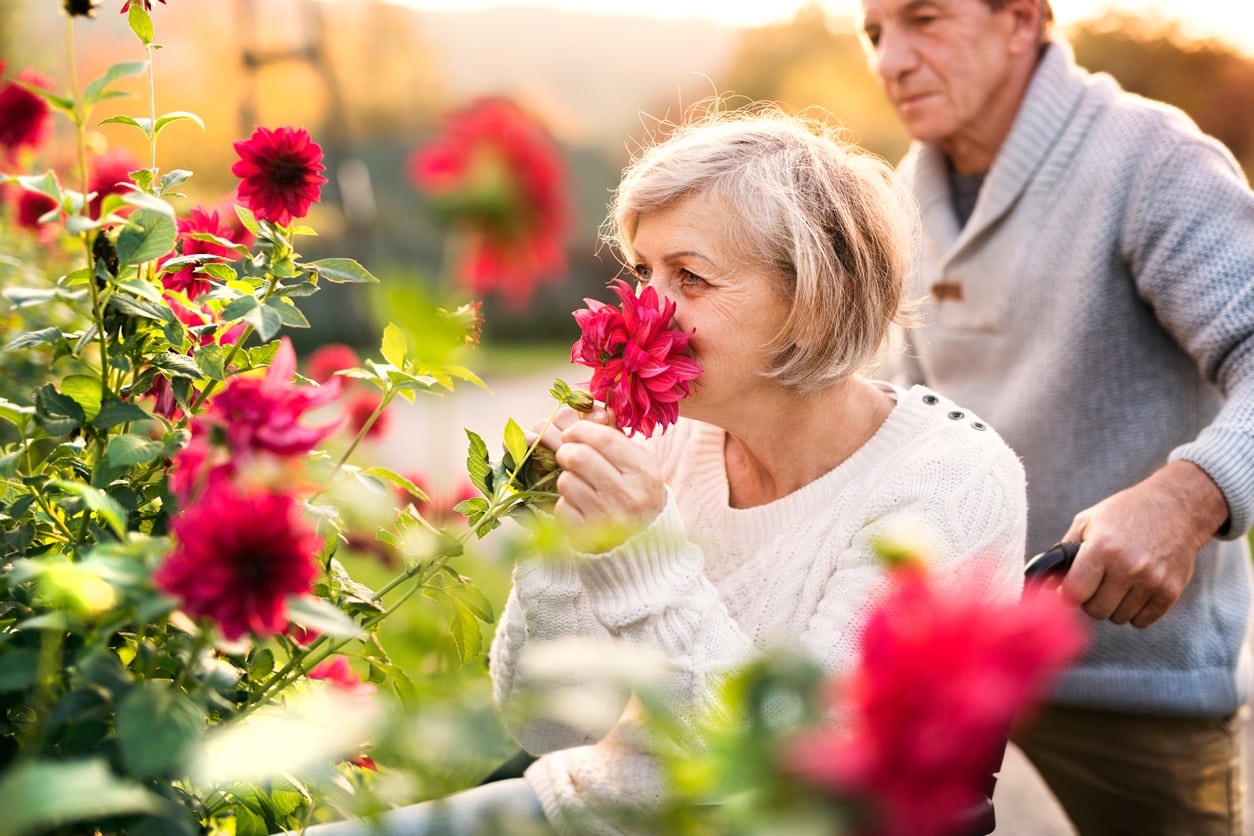

“Nature is but another name for health.” ~ Henry David Thoreau. Gardens are designed for all sorts of functions. Some gardens are specifically grown for food or medicinal herbs, while other gardens may be grown purely for their aesthetic value. However, even gardens filled with nothing but ornamental plants can have some medicinal and healing value – a collection of plants meant to soothe and heal the mind and body are known as healing gardens. Continue reading for some healing garden ideas to help get you started in creating a healing garden of your own.
What are Healing Gardens?
These are simply gardens filled with a variety of plants that promote a sense of well-being and hopefulness. They are not a new garden trend, by any means. In fact, healing gardens have been planted at hospitals and healthcare facilities for centuries. These gardens provide a place of refuge for patients, their families, and staff. They promote peace, healing, and stress relief as well as providing distraction and psychological comfort. In recent studies of stress and its damaging effects on our health, test subjects were shown images of different things. In most cases, when shown images of nature, they suddenly became calmer. These nature images also decreased stress hormones, blood pressure, respiration rate, and brain activity in the test subjects. In the same way, gardens that heal can improve sleep and rest, as well as mood and pain tolerance.
How to Make a Healing Garden
Creating gardens that heal isn’t difficult at all. In fact, it’s safe to say that by just adding a few plants here and there, you’re well on your way to a more blissful state of mind. That said, healing gardens are usually designed with only plants and natural looking garden décor. The soft, subtle colors and textures of nature generally have a soothing, positive effect on the mind and spirit. Too much brightly colored objects or other unnatural garden art materials can actually take away from the healing effects of a healing garden. Driftwood, large stones, and other natural elements are ideal for healing gardens. A garden for healing also will require adequate seating areas to be properly enjoyed. Gardens that heal may contain a wide variety of plants. Trees not only provide shade, but also give people a sense of strength and protection. Different colors and textures from different plants give people different feelings – so be sure to delight the senses with an array of stimulating plants. For example, the garden does not have to be merely for looking at or smelling attractive, fragrant plants like lilac, lavender, and honeysuckle to have healing effects on the psyche. Finely textured plants, such as ornamental grasses, ferns, etc., can be soothing to touch as well. It’s okay to add subtle displays of ornamental features too, like natural looking wind chimes or a soothing water fountain. These can appeal to one’s sense of sound for added enjoyment.
Gardening tips, videos, info and more delivered right to your inbox!
Sign up for the Gardening Know How newsletter today and receive a free copy of our e-book "How to Grow Delicious Tomatoes".
-
 Get Ready For A Summer Of Hummers! Grow These Full Sun Hummingbird Plants and Flowers
Get Ready For A Summer Of Hummers! Grow These Full Sun Hummingbird Plants and FlowersIf you’re lucky enough to enjoy a sunny backyard, make sure you are maxing out on your pollinator opportunities and grow these full sun hummingbird plants and flowers
By Tonya Barnett
-
 12 Lush Alternatives To A Lawn For Sustainable Spaces
12 Lush Alternatives To A Lawn For Sustainable SpacesAlternatives to a lawn are beautiful and also beneficial to your local ecosystem and its pollinators. Explore our top picks for plants to replace grass.
By Tonya Barnett
-
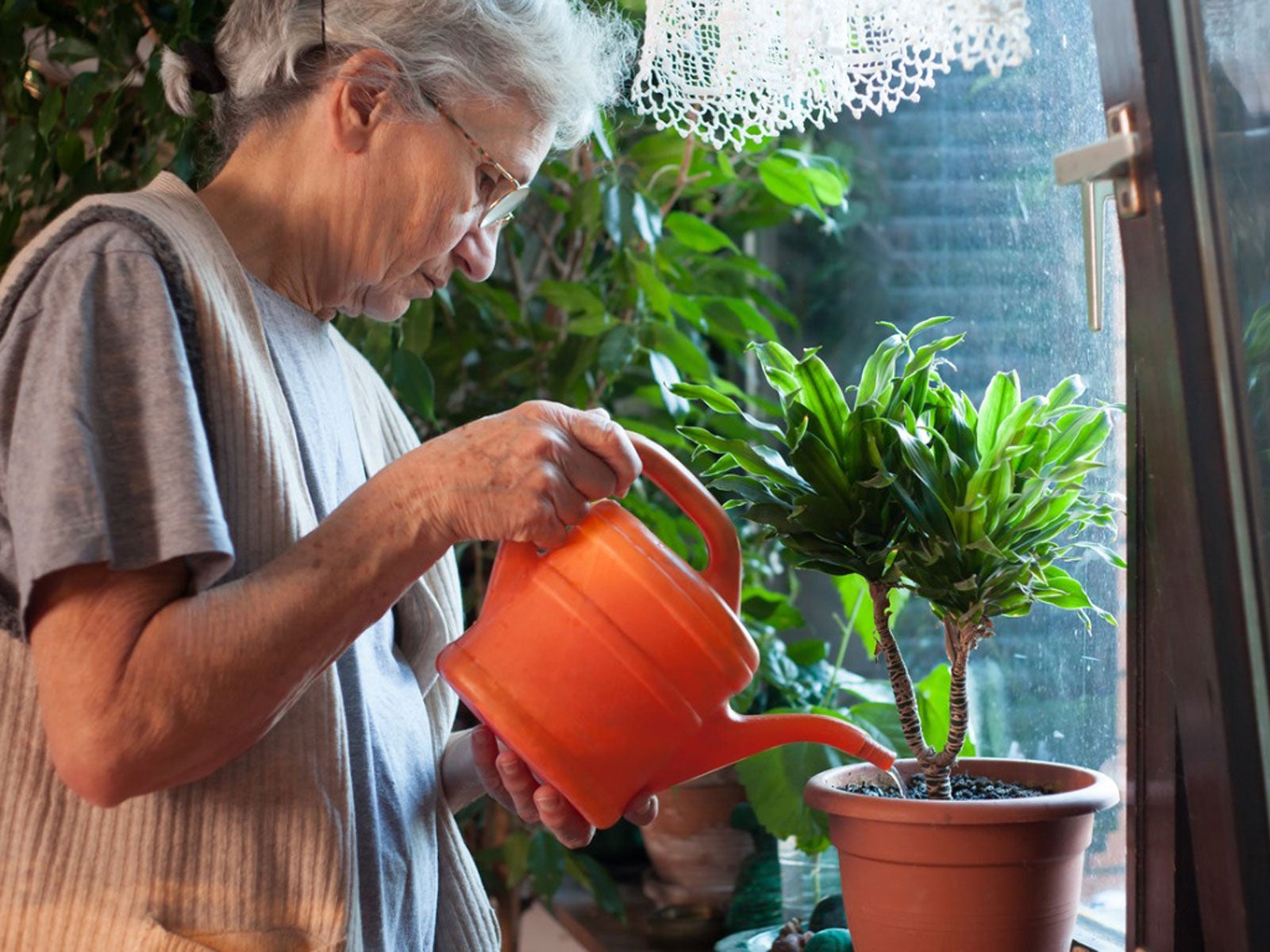 Seniors And Houseplants: Indoor Senior Gardening Ideas
Seniors And Houseplants: Indoor Senior Gardening IdeasIndoor gardening for seniors can help with depression, stress, and loneliness, especially while social distancing. Here are ideas.
By Mary H. Dyer
-
 Psychiatric Health Garden – Designing Gardens For Mental Health Patients
Psychiatric Health Garden – Designing Gardens For Mental Health PatientsClose your eyes and imagine yourself sitting in your dream garden. Does this visualization make you feel calm and relaxed? This is the concept behind planting gardens for mental health. Learn more about garden therapy and psychiatric health gardens in this article.
By Darcy Larum
-
 What Is A Memory Garden: Gardens For People With Alzheimer’s And Dementia
What Is A Memory Garden: Gardens For People With Alzheimer’s And DementiaPeople with dementia or Alzheimer's disease will glean a host of positive experiences from participating in the garden. Designing a memory garden allows them to enjoy exercise and fresh air as well as stimulate the senses. Learn more in this article.
By Bonnie L. Grant
-
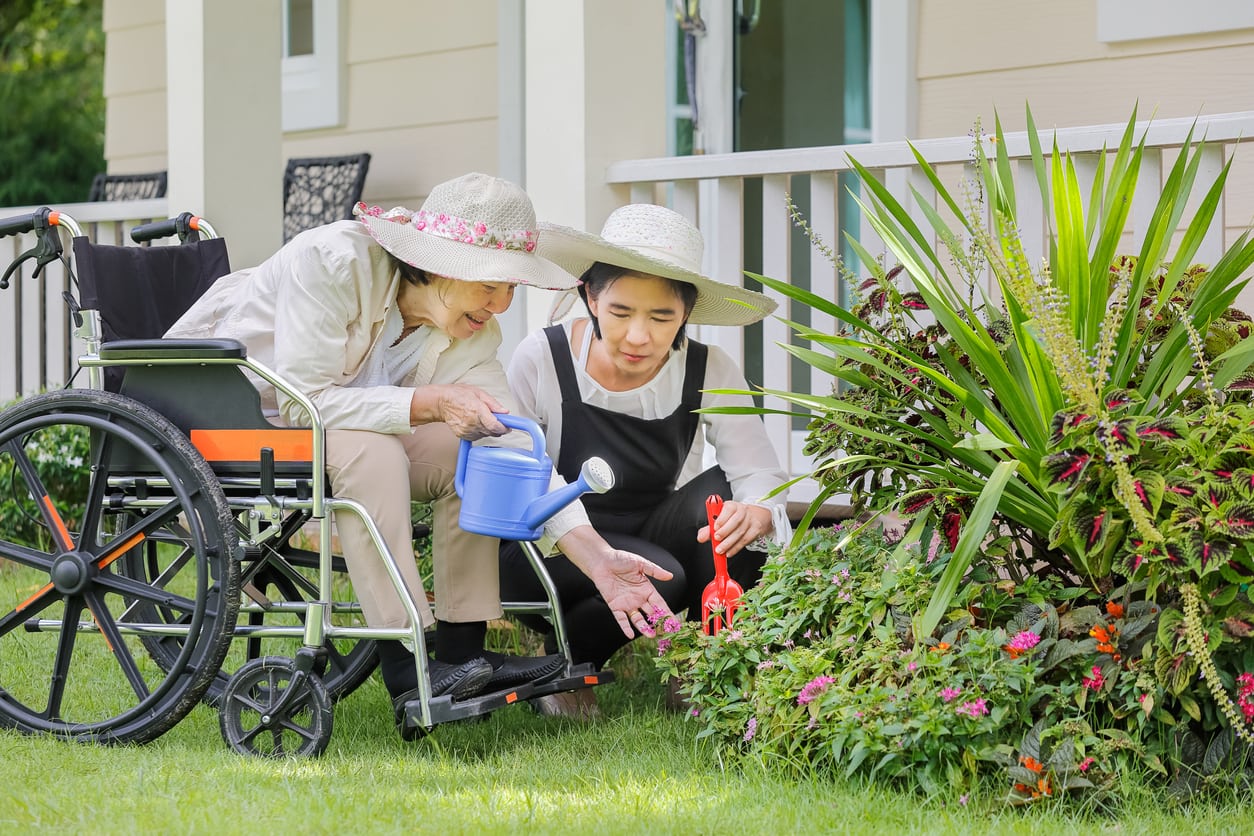 Hospice Garden Ideas – Learn About Gardens And Hospice Care
Hospice Garden Ideas – Learn About Gardens And Hospice CareBecause of their therapeutic benefits, gardens for those in hospice care are often incorporated into the facility. What is a hospice garden? Click here to find out about the relationship between gardens and hospice and how to design a hospice garden.
By Amy Grant
-
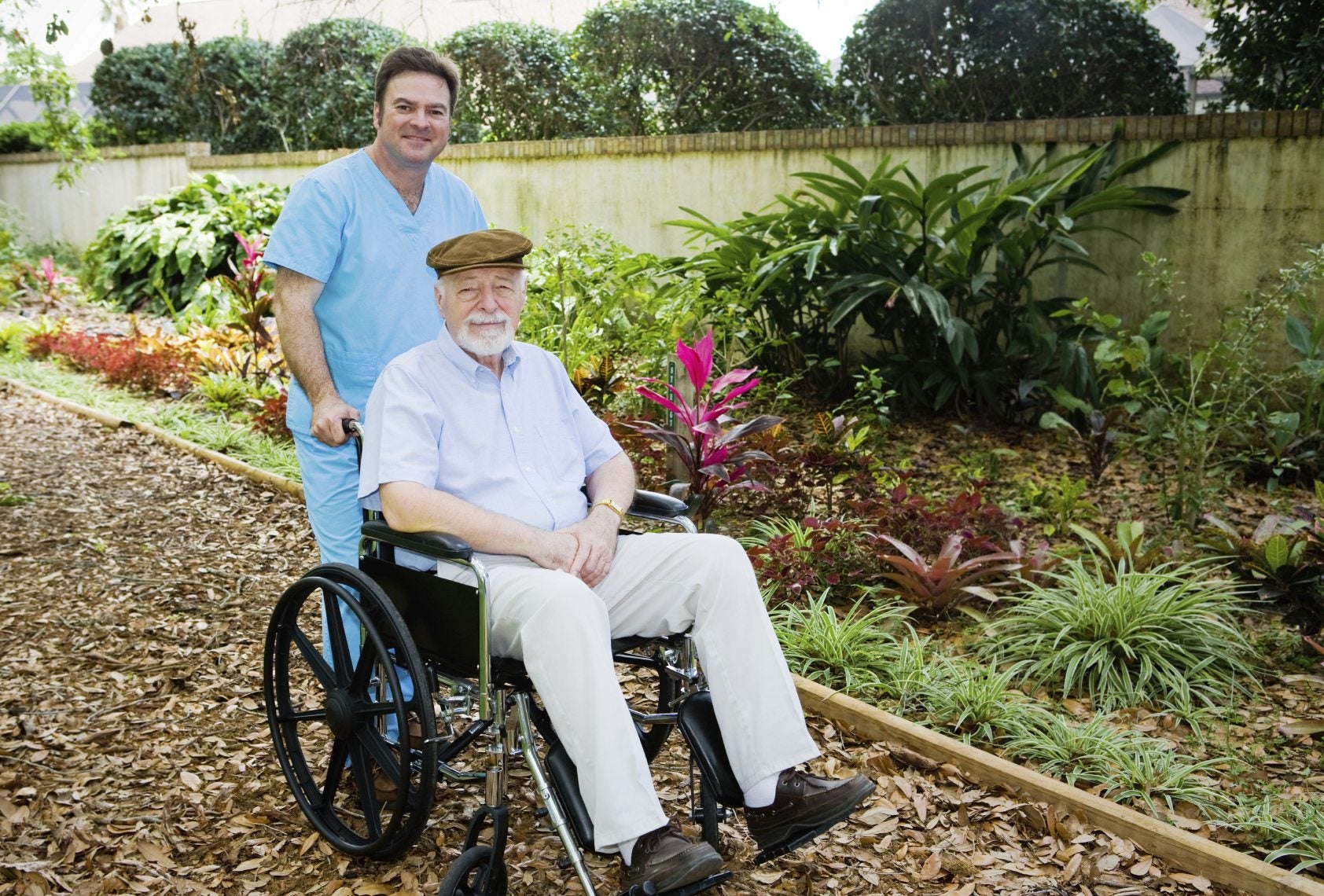 Senior Home Garden Activities: Gardening Activities For The Elderly
Senior Home Garden Activities: Gardening Activities For The ElderlyMore senior home garden activities are being offered to elderly residents of retirement homes and nursing homes, and even to patients with dementia or Alzheimer's. Click here to learn more about gardening activities for the elderly.
By Teo Spengler
-
 Gardening While Pregnant: Is It Safe To Garden When Pregnant
Gardening While Pregnant: Is It Safe To Garden When PregnantGardening while pregnant is an enjoyable way to get the exercise you need to stay healthy during pregnancy, but this form of exercise isn't without risk. Learn more about gardening during pregnancy in this article.
By Jackie Carroll
-
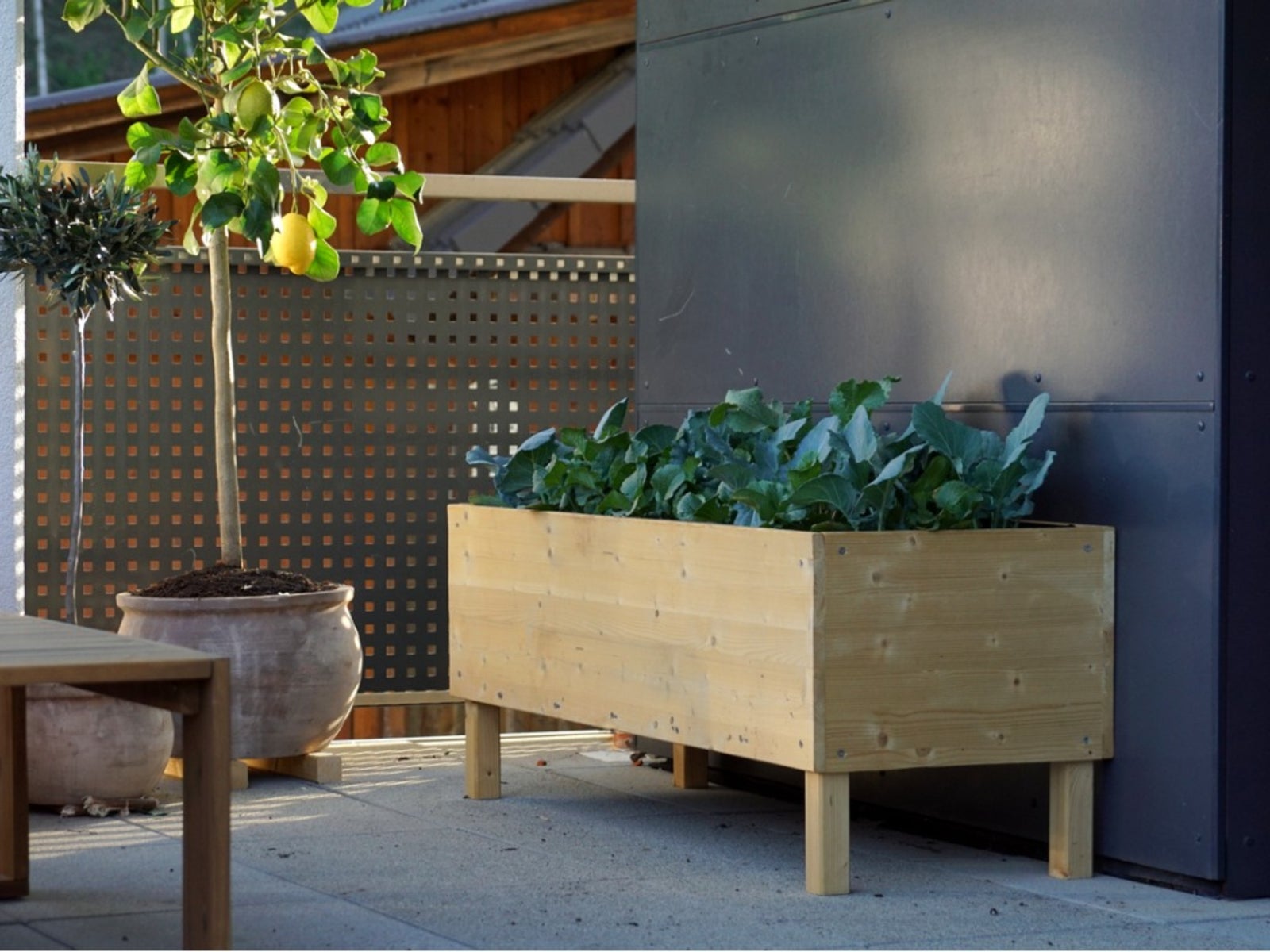 Table Garden Design: How To Build Table Garden Boxes
Table Garden Design: How To Build Table Garden BoxesWhen gardening becomes difficult, either through growing older or due to a disability, it may be time for a table garden design in the landscape. This article can help with that. Click here to learn more.
By Susan Patterson
-
 Horticulture Therapeutic Benefits - Using Healing Gardens For Therapy
Horticulture Therapeutic Benefits - Using Healing Gardens For TherapyWhat is horticultural therapy and how is it used? Learn more about healing gardens for therapy and the horticulture therapeutic benefits they provide in this article. Click here for additional info.
By Susan Patterson